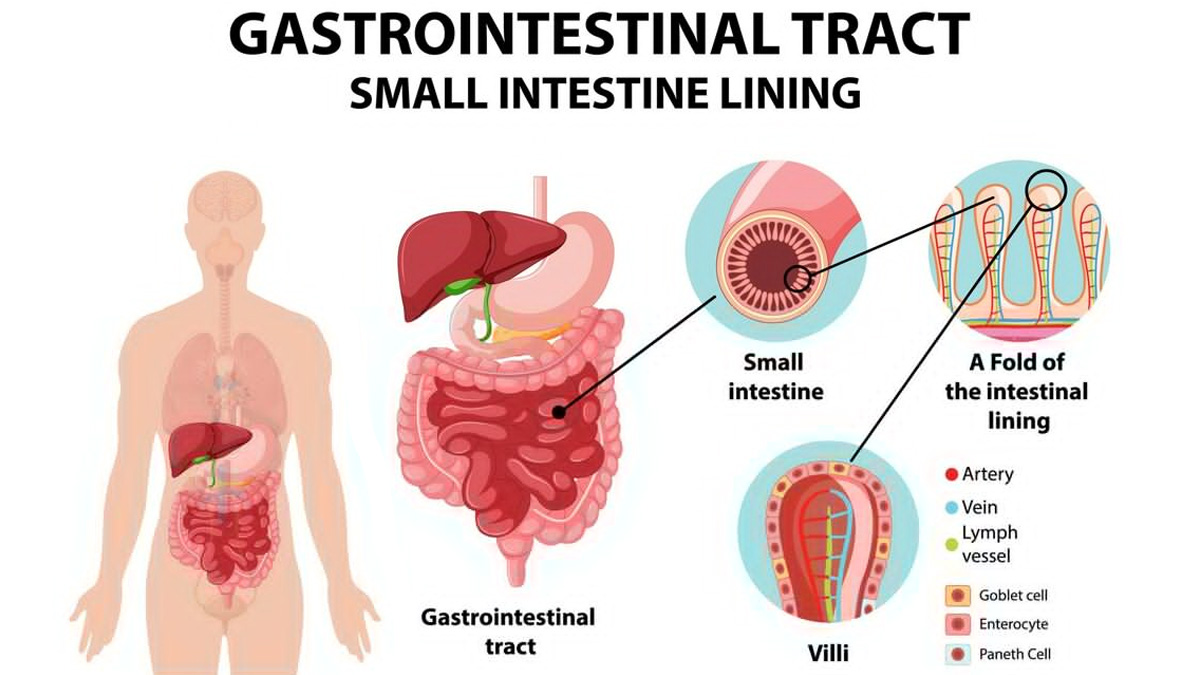When cells transform and proliferate uncontrollably, cancer develops. The abnormal cells often grow to form a lump or mass called a tumour. Cancer cells can spread into nearby areas. Also, they have the potential to spread across several organs in the body. This is called metastasis, which may lead to gastrointestinal stromal tumour or GIST.
“GIST begins in the stomach or small intestine. They can also arise from the other parts of the digestive tract,” said Dr Harish E, MBBS, MS, MCh, Consultant and Head of Department of surgical oncology, KMC Hospital, Mangalore.
Risk Factors Of Gastrointestinal Stromal Tumour
As per Dr Harish, the risk factors for a GIST include:
- Age 50 or older
- Family history of GIST
- Patients with syndromes like neurofibromatosis can develop GIST.
Symptoms of GIST
You can watch out for following stories:
- Abdominal discomfort or pain
- Vomiting
- Blood in stools or vomit
- Fatigue because anaemia caused by bleeding
- Early satiety, or feeling full after only a modest meal
- Loss of appetite or weight loss

How is a GIST diagnosed?
- Endoscopy: Camera passed to GIT to look for abnormal tissue.
- Scanning tests like CT scan or MRI. To check for an abnormal growth, one can perform
- these. And spread to other organs.
- Biopsy. The only method to definitively diagnose cancer is through a biopsy. Small piece tissue is taken from the tumour and checked for cancer cells.
Treatment Options
Surgery
In most cases, surgery should be considered. A skilled surgeon with knowledge of treating GISTs, such as an oncologist, should perform it. Surgery aims to thoroughly remove the tumour.
Survival in GIST
Survival rates are a snapshot in time. These statistics are collected from people who received
their diagnosis and treatment at least 5 years in the past. In comparison to the general population, the relative survival rate measures how likely it is for someone with GIST to survive over a specific length of time. Survival in GIST is much better than other cancers of gastrointestinal tract like adenocarcinoma, squamous cell carcinoma of the stomach, oesophagus, small bowel, colon. Even patients who have metastasis (spread to other organs) are doing better in GIST.

Although there is a chance of recurrence, early stage GIST may be treatable.
The overall relative 5-year survival rate for GIST is 83 percent, but this depends on stage and
other factors. Newer therapies give a more personalised approach to treatment, which may affect the patient's outcome. By stage, this breaks down as:
- Localised (cancer stays in the organ where it started): 93 percent
- Regional spread (cancer is spread to nearby tissues): 80 percent
- Metastatic (cancer has spread to distant parts of the body): 55 percent
According to Cancer.net, gastrointestinal stromal tumour (GISTs) is a rare disease, making up less than 1% of all gastrointestinal tumours. Each year, approximately 4,000 to 6,000 adults are diagnosed with a GIST. About 60% of GISTs begin in the stomach, and around 35% develop in the small intestine. Other GISTs typically begin in the oesophagus, colon, and rectum.